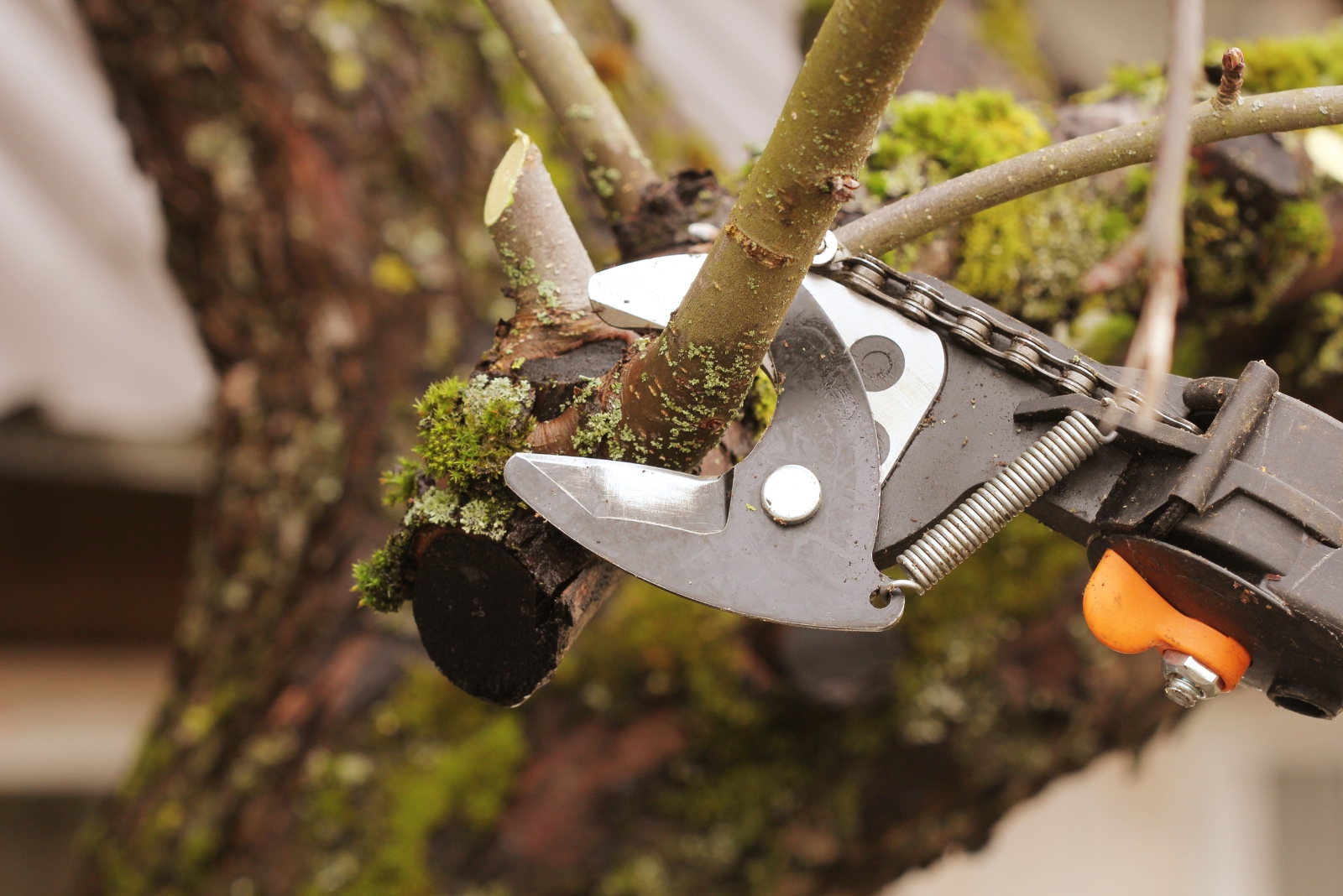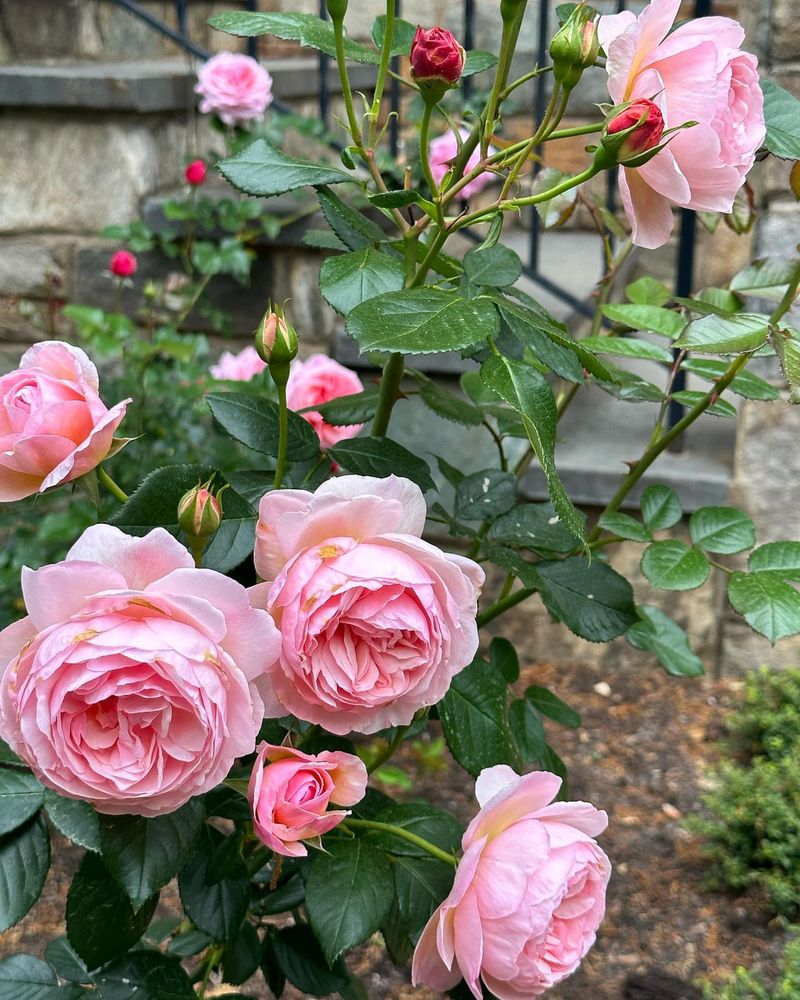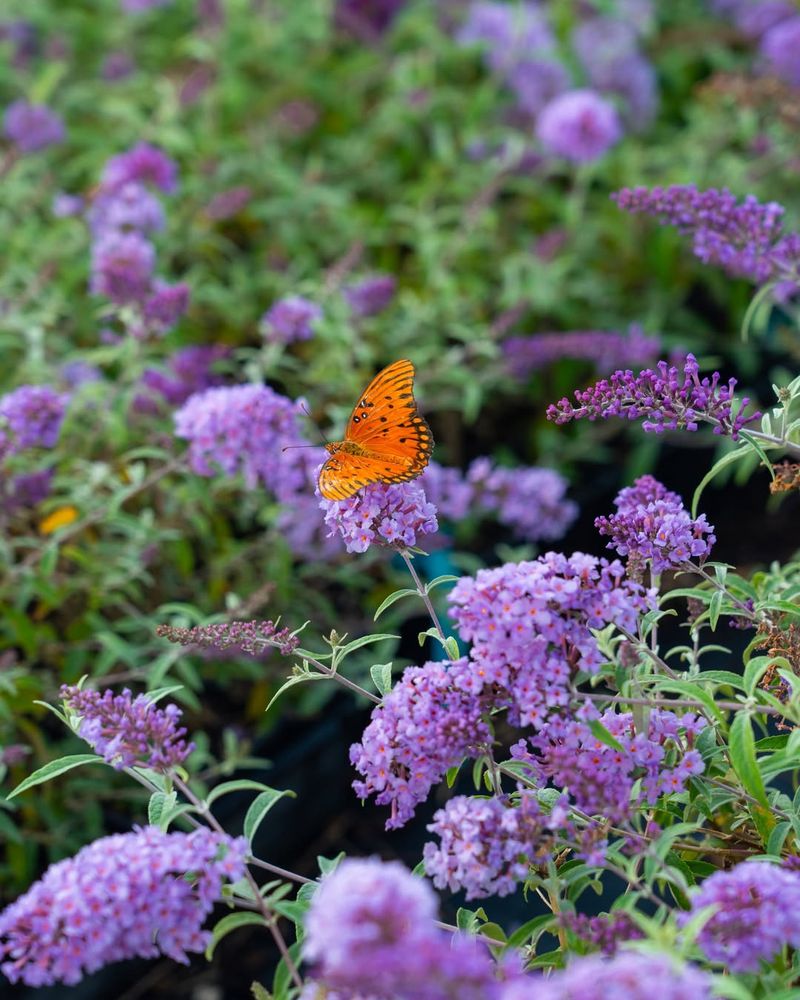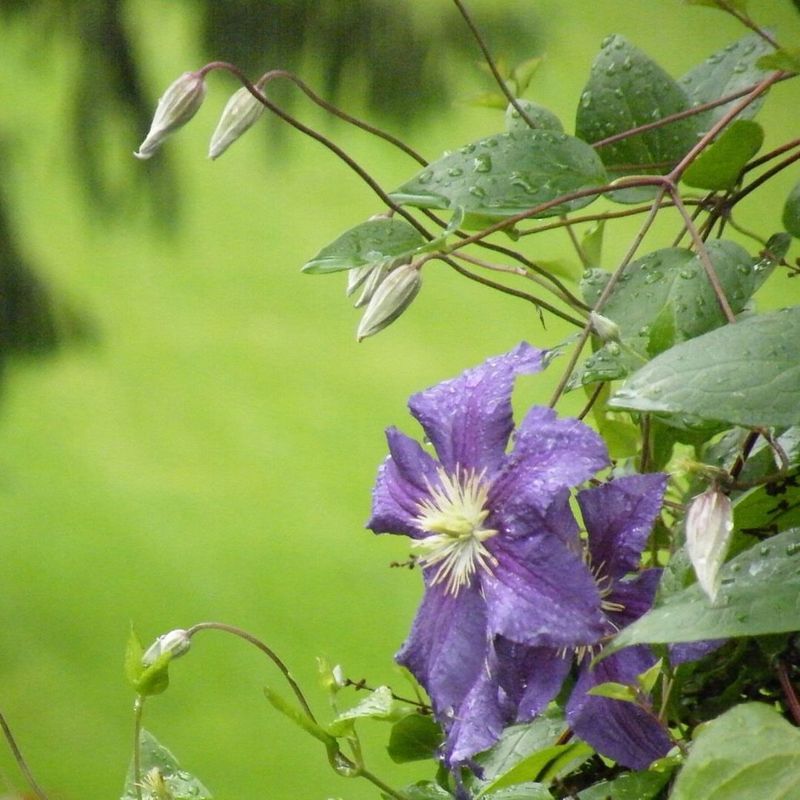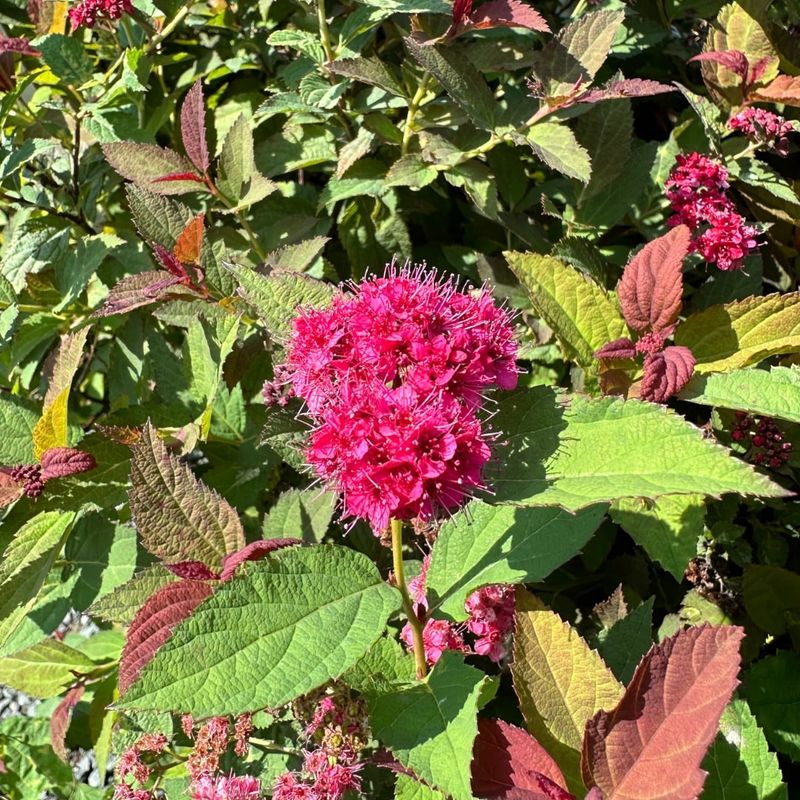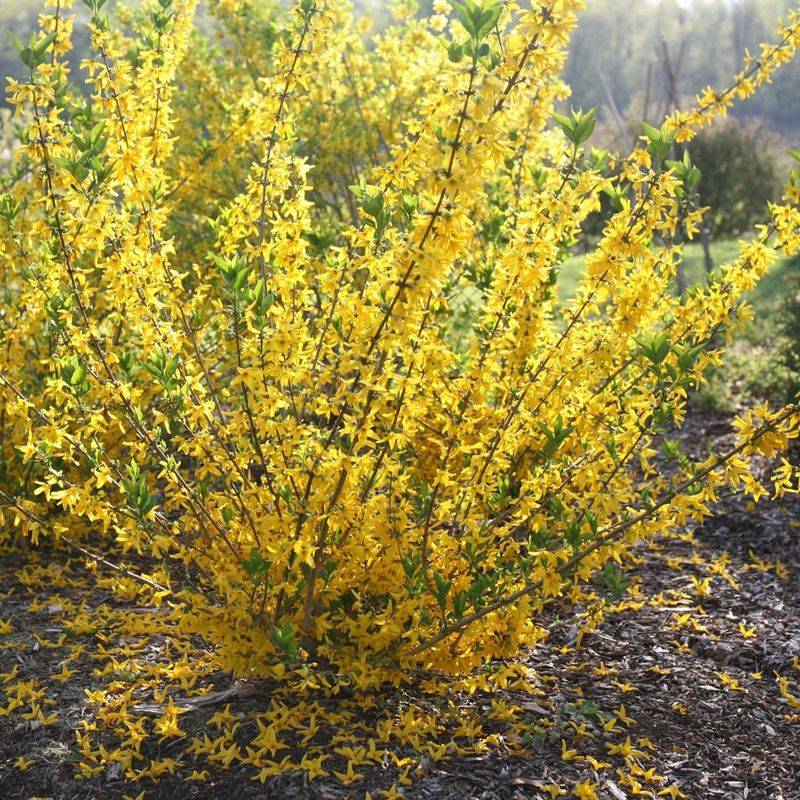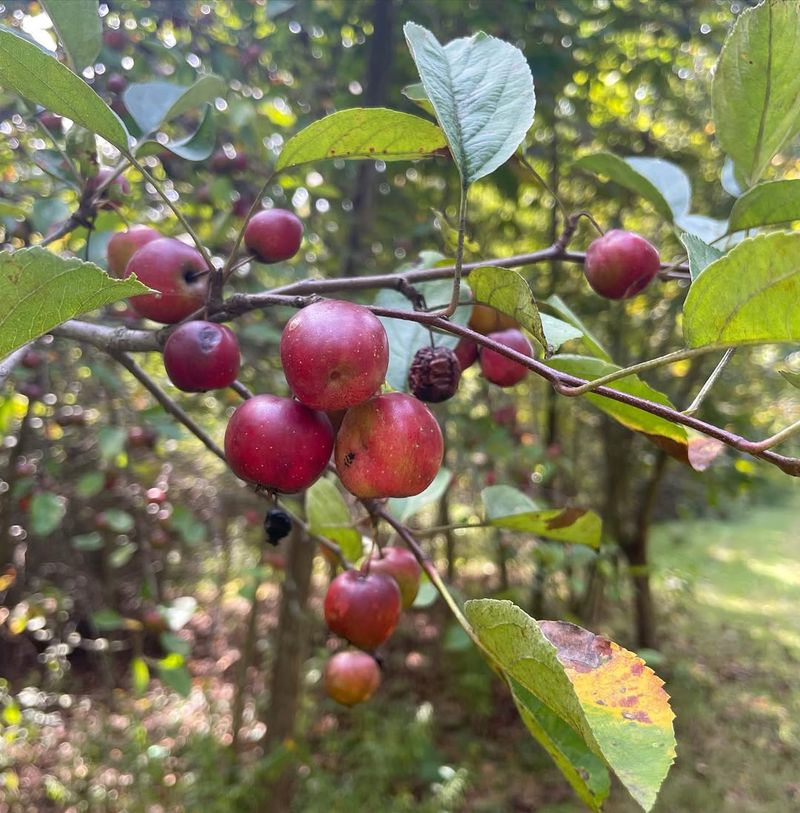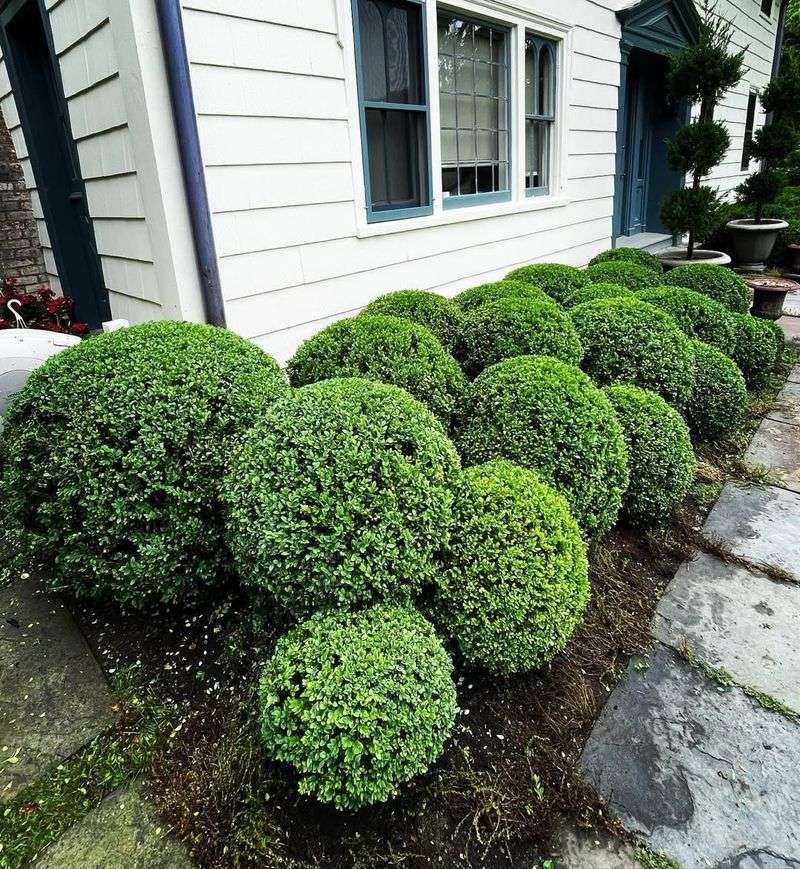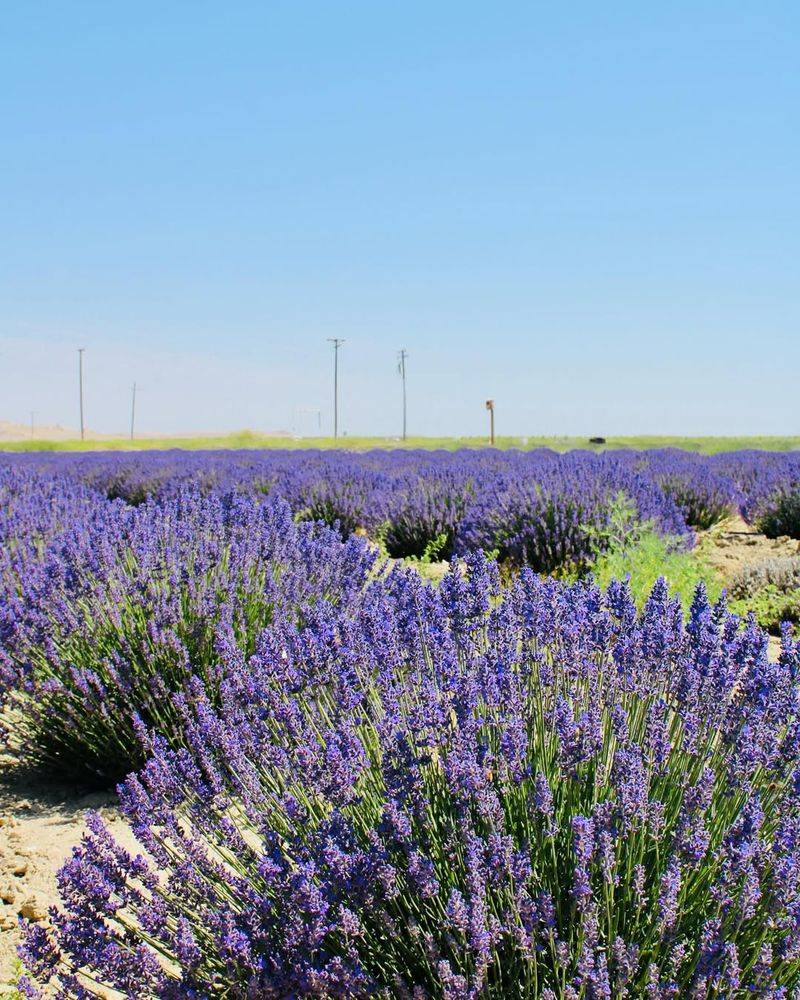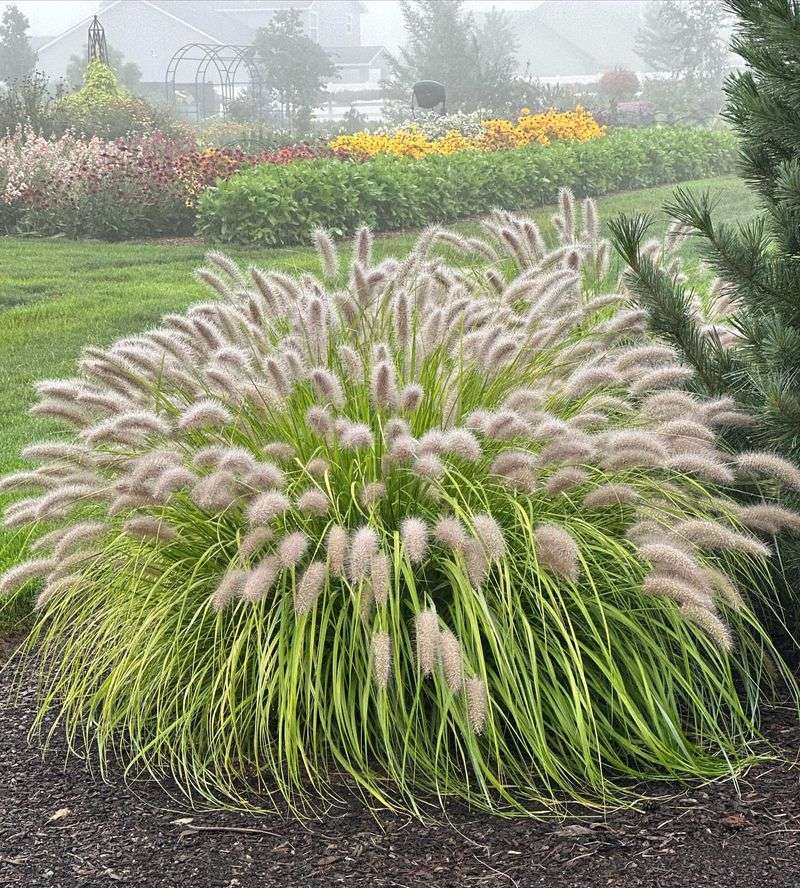October is the perfect time for New Jersey gardeners to grab the pruning shears and give their landscapes a little TLC. As the weather cools and plants slow their growth, a few careful cuts can make all the difference for next year’s blooms.
Knowing which plants to trim now — and which to leave alone — keeps your garden looking sharp through fall and ready to thrive come spring.
1. Rose Bushes
Autumn is when rose bushes benefit from a good trim to stay healthy through winter. Cut back any dead or diseased canes first, then reduce the height by about one-third to prevent wind damage during storms.
Always use sharp, clean pruning shears to make smooth cuts at a 45-degree angle. Remove any crossing branches that rub together, as these can create wounds where diseases enter.
Your roses will reward you with stronger growth and more blooms come springtime.
2. Butterfly Bush
Butterfly bushes grow fast and can become messy without proper maintenance each year. October pruning helps control their size and shape before winter sets in across New Jersey.
Trim back the stems to about 12 inches from the ground, removing all the old flower heads and weak growth. This may seem drastic, but butterfly bushes bounce back vigorously in spring.
You’ll enjoy a bushier plant with more flowers that attract butterflies all summer long.
3. Hydrangeas
Not all hydrangeas need October pruning, but certain varieties do well with a light trim now. Remove only dead flower heads and any damaged or broken branches to tidy up the plant.
Avoid cutting too much, especially on varieties that bloom on old wood, or you’ll lose next year’s flowers. Focus on shaping and cleaning rather than heavy cutting.
Proper pruning keeps hydrangeas looking neat and encourages better blooming when spring arrives in your New Jersey garden.
4. Clematis Vines
Clematis vines can get tangled and overgrown if left unchecked throughout the growing season. October is an ideal time to sort through the stems and remove dead or weak growth.
Different clematis types require different pruning methods, so check which group yours belongs to first. Group 3 varieties should be cut back hard, while Group 1 types need minimal trimming.
Taking time to prune correctly ensures beautiful flowers climbing your trellis next summer.
5. Spirea Shrubs
Spirea shrubs are forgiving plants that respond well to autumn pruning in New Jersey gardens. Remove any dead, damaged, or diseased branches first to improve the plant’s overall health.
Then shape the shrub by cutting back overgrown stems to maintain a neat, rounded form. Spireas bloom on new wood, so pruning now won’t affect next year’s flowers.
Regular October trimming keeps these popular shrubs looking fresh and prevents them from becoming too leggy or unruly over time.
6. Wisteria
Wisteria is famous for its stunning spring blooms but needs regular pruning to keep it under control. In October, cut back the long, whippy shoots that grew during summer to about five or six buds.
This helps direct the plant’s energy into producing more flower buds instead of just leaves. Wisteria can quickly overtake structures, so staying on top of pruning is essential.
Your efforts will be rewarded with cascading purple or white flowers that make your garden truly spectacular.
7. Forsythia
Forsythia shrubs burst with cheerful yellow blooms each spring, signaling winter’s end throughout New Jersey. October pruning helps maintain their shape and removes old, unproductive wood that no longer flowers well.
Cut back about one-third of the oldest stems to ground level to encourage fresh growth. Avoid shearing forsythia into tight shapes, as this reduces flowering.
Instead, let the shrub maintain its natural arching form for the best display of golden blossoms come March.
8. Fruit Trees
Many fruit trees benefit from light pruning in October after harvest is complete. Remove any dead, diseased, or crossing branches that could cause problems during winter storms common in New Jersey.
Focus on improving air circulation through the canopy, which helps prevent fungal diseases next growing season. Save heavy structural pruning for late winter when trees are fully dormant.
October trimming keeps your fruit trees healthy and productive for many years of delicious harvests ahead.
9. Boxwood Shrubs
Boxwood shrubs are popular for hedges and topiaries because they tolerate frequent trimming so well. October is your last chance to shape boxwoods before winter arrives in New Jersey.
Remove any dead or brown branches inside the plant to improve air circulation and prevent disease. Light shaping maintains the formal look many gardeners love about boxwoods.
Avoid heavy pruning this late in the season, as new growth won’t have time to harden before frost hits your area.
10. Lavender
Lavender plants need annual pruning to stay compact and prevent them from becoming woody and sparse. October works well in New Jersey to trim back spent flower stems and shape the plant.
Cut back about one-third of the green growth, but avoid cutting into old, woody stems that won’t regrow. This encourages bushier growth and more fragrant flowers next summer.
Proper pruning extends the life of your lavender plants and keeps them producing aromatic blooms year after year.
11. Ornamental Grasses
Ornamental grasses add texture and movement to gardens throughout the growing season. While many gardeners wait until spring, October pruning works if you prefer a tidy winter garden in New Jersey.
Cut the entire clump down to about four to six inches from the ground using sharp shears. Bundle the cut stems together for easier cleanup and disposal.
Early pruning allows you to see the structure of your garden beds and makes spring cleanup much faster and easier.

